This is a guest blog post by Fredrik Gronkvist, more info about the author at the bottom of the post.
The US government has slapped additional tariffs ranging between 10 to 25% on all products. This also includes consumer products such as electronics, watches, jewelry, home and furniture, bags and many other typical ‘Amazon products’.
In this article, you will learn how to measure the impact of these tariffs on your business, and what you can do to offset the added costs.
US-China Trade War Background
So far, there’s been three rounds of additional tariffs levied on China-made products shipped to the US. Here’s an overview:
- April 2018: $34 B (25%: Machines, tools)
- September 2018: $200 B (25%: Seafood, furniture, electrical equipment, bags & luggage)
- September 2019: $267 B (10-15%: Electronics, textiles, watches and other consumer products)
As of September 2019, all products imported from China and sold in the US are therefore taxed by the additional tariff. It’s important to note that these tariffs did not impact products such as electronics, apparel, watches, and other consumer items until just a month ago.
In other words, Amazon sellers are as of now directly impacted by the tariffs. For now, it seems like the tariffs are here to stay for at least a few years.
What does this mean for Amazon sellers?
The new tariffs have a drastic impact on the profit margins. This is best demonstrated with an example:
Case A: Before the additional tariffs
- Product cost: $10
- Quantity: 2000 pcs
- Customs value: $10 x 2000 pcs = $20,000
- Tariff: 5%
Total import duty: $20,000 x 5% = $1000
Case B: After the additional tariffs
- Product cost: $10
- Quantity: 2000 pcs
- Customs value: $10 x 2000 pcs = $20,000
- Tariff: 20% (15% + 5%)
Total import duty: $20,000 x 20% = $4000
As you can see, the new tariffs have a dramatic impact on your bottom line as an Amazon seller. A 20% tariff on a small shipment only worth $20,000 ads an additional cost of 3000 dollars – per shipment.
This makes it even harder for US sellers to compete against cross-border sellers from China and elsewhere who keep shipping products tax free into the United States – and that’s completely legal.
Here’s what you should not do
Before we dive into the details of what you can do to reduce the impact of the new tariffs, I’d like to show you what you should absolutely not do.
a. Tranship your products to a third country
I’ve received quite a few emails from Amazon sellers asking if it’s possible to ship their products to a third country, for example, Vietnam or Cambodia, to get their products relabeled before shipment to the United States.
Sure, it’s technically possible but completely illegal. Further, the governments in these countries are also cracking down on transhipments as this has already caught the attention of the US government – and could extend the tariffs to their countries.
b. Write down the customs value
Import duties are, as demonstrated in the example, calculated from the customs value. The customs value in the United States is primarily based on the FOB price or the unit cost.
Your supplier may offer to create a fake invoice to understate the customs value and thereby reduce the total import duty.
This is, of course, illegal and can land you in prison, so don’t even think about this.
Option 1: Find suppliers outside of China
An obvious solution is to shift your orders from Chinese suppliers to alternative factories in Vietnam, India, Thailand or other countries in Southeast Asia.
Buying from other countries can indeed be a solution under the following conditions:
- Products: You are buying textiles, woodcrafts, furniture or molded plastic or metal products. However, if you’re buying consumer electronics, watches and a range of other products, you will not find suppliers – unless you set up your own factory that is.
- Supplier development and tooling: Don’t expect to find product catalogs with ready-made private label products. For example, if you’re selling iPhone PC cases, then you will likely need to work with an injection mold supplier to get your product made. It takes more hands-on work than you might be used to.
- MOQ: The MOQ requirements can be higher in India and Southeast Asia compared to China. This is not always the case, and it also depends on the industry. That said, it’s something you have to take into consideration.
- Lead times: Many suppliers in Southeast Asia buy materials from other countries, including China. Such materials (e.g. fabrics and hardware parts) must, of course, be transported across long distances, and also pass customs checks. This and the fact that many big buyers take up a lot of capacity can drive up lead times to 3 to 4 months.
What about prices?
That said, you should not expect significantly lower unit prices unless you also have the order volumes to match. Labor costs in India and Vietnam are lower than in China, but transportation costs, imported materials, and lower efficiency eat up any cost saving for small buyers.
Option 2: Find ways to cut your total product cost
While it’s illegal to write down the customs value, you can still find ways to reduce the unit cost. Here are a few suggestions:
- Find ways to use less expensive components and materials
- Increase your order volumes to get a lower unit cost
- Ask your supplier for a discount to help you reduce the tariff impact (this can actually work)
- Step up your quality assurance program to reduce the number of defective units (this can have a dramatic impact that outweighs the tariffs)
As you can see, there are many things you can do that combined can reduce the burden of the tariffs.
Option 3: Optimize your PPC ad spend
Facebook, Google and Amazon PPC ad spend may seem totally unrelated to the US-China tariffs. However, in the end, it doesn’t matter which cost you cut as long as it improves your bottom line.
Further, many e-commerce companies spend more on PPC ads than the product they sell.
The PPC ad spend has increased significantly in the last few years
The cost per click has skyrocketed in the last few years, especially on Facebook. This has cost many e-commerce companies more than the added tariffs will cost them in the future.
Many e-commerce companies don’t optimize their PPC campaigns
PPC is not something you can just set and forget. You need to actively optimize your campaigns to ensure that they keep getting delivered and that the cost per click stays within a reasonable cost span.
Example A: Poorly optimized PPC campaign
- Cost per click: $2
- Clicks per sale: 30
- Cost per sale: $60
Example B: Well optimized PPC campaign
- Cost per click: $1.2
- Clicks per sale: 20
- Cost per sale: $24
Reducing the cost per sale from 60 to 24 results in a total saving of $36 per sold unit. Compare that to the tariff cost calculation example, which “only” resulted in a $2 increase per unit.
In short, worry more about your PPC campaigns than the new tariffs.
Option 4: Start selling in other countries
The United States doesn’t dictate tariffs in the rest of the world. It’s still business as usual in Australia, the EU, Japan, and many other major markets.
Perhaps now is the time to convince yourself and your partners to expand to other markets, be it on Amazon, other e-commerce marketplaces or through your own online store.
About Fredrik Gronkvist
Fredrik Gronkvist is a co-founder of Asiaimportal (HK) Limited based in Hong Kong. They operate various websites in the B2B space, including Chinaimportal.com, ComplianceGate.com, and InboundWise.com – the latter helping Asian manufacturers to find new B2B buyers in the EU, US, and Australia. You can learn more about Asiaimportal (HK) Limited on this website.
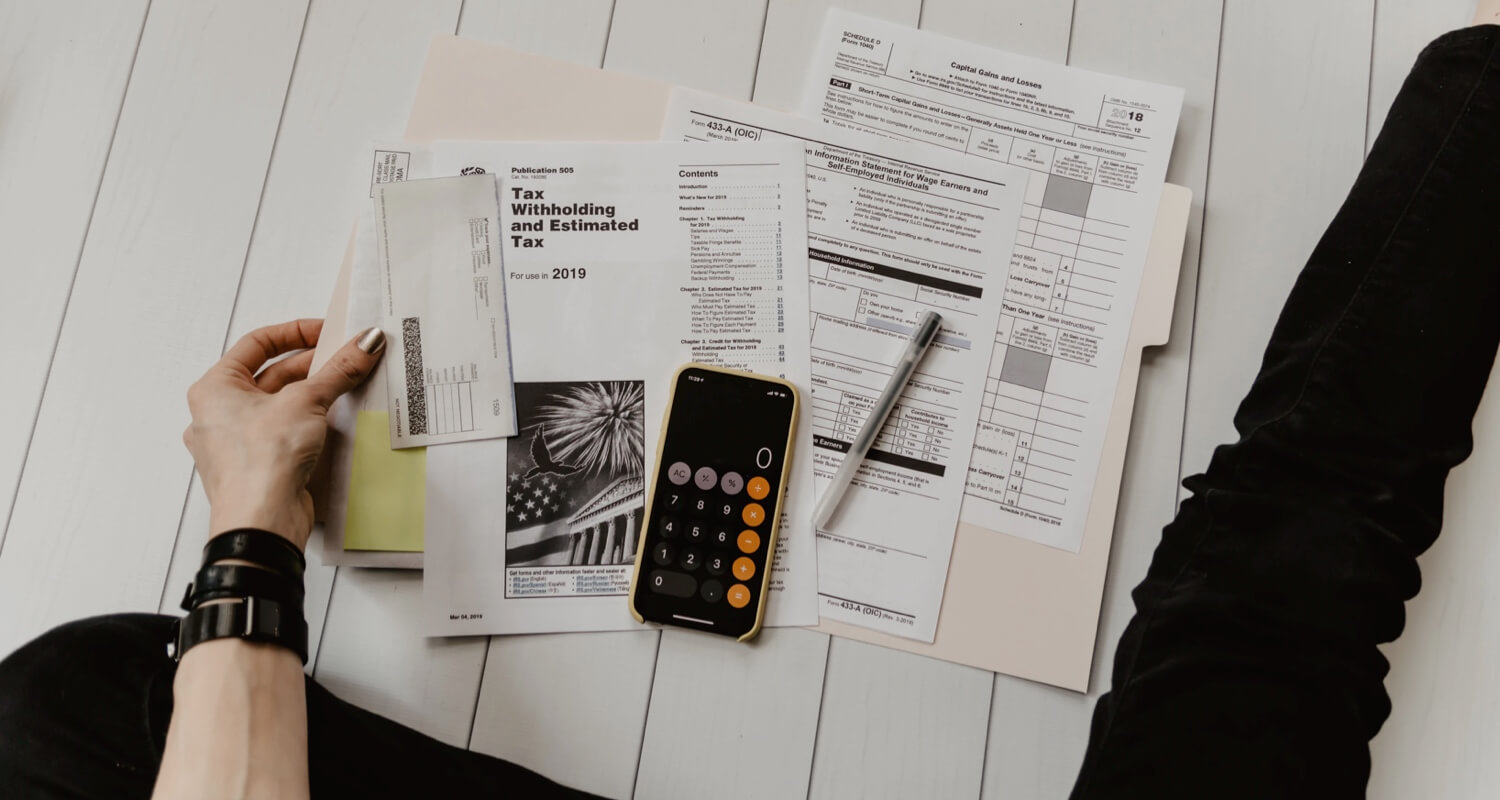
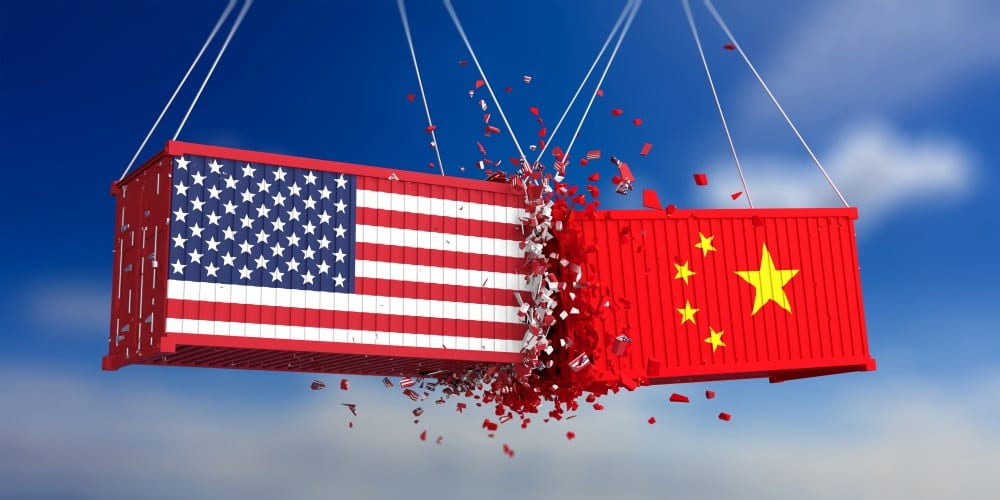
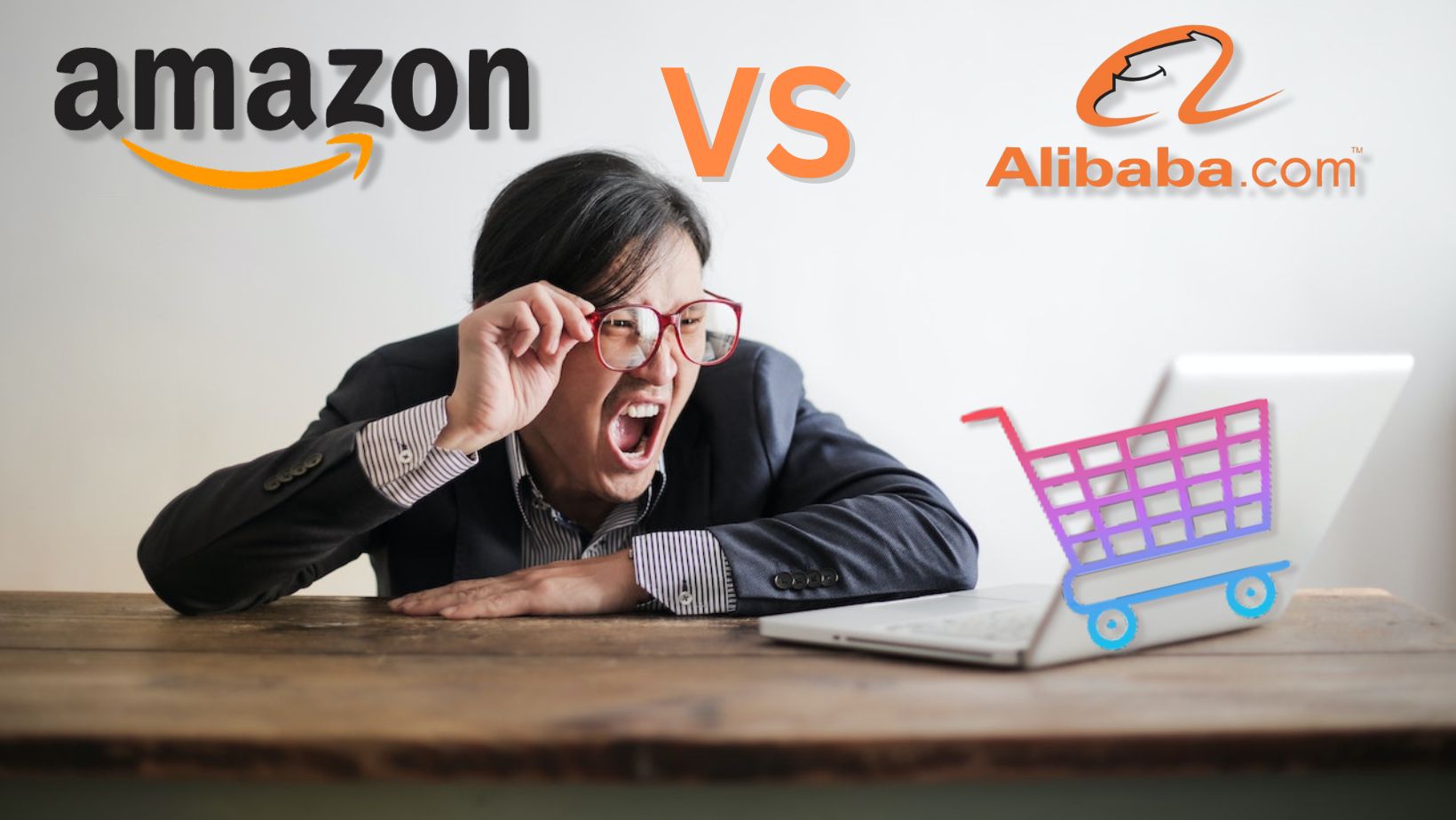
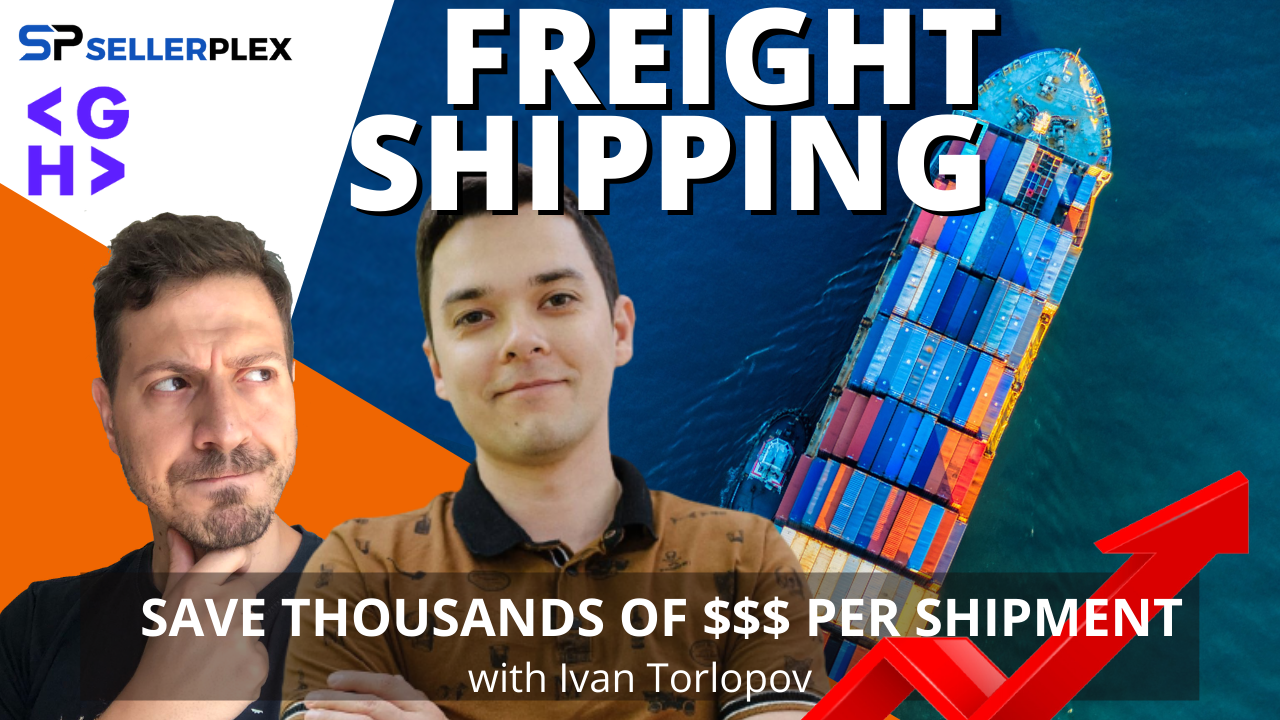
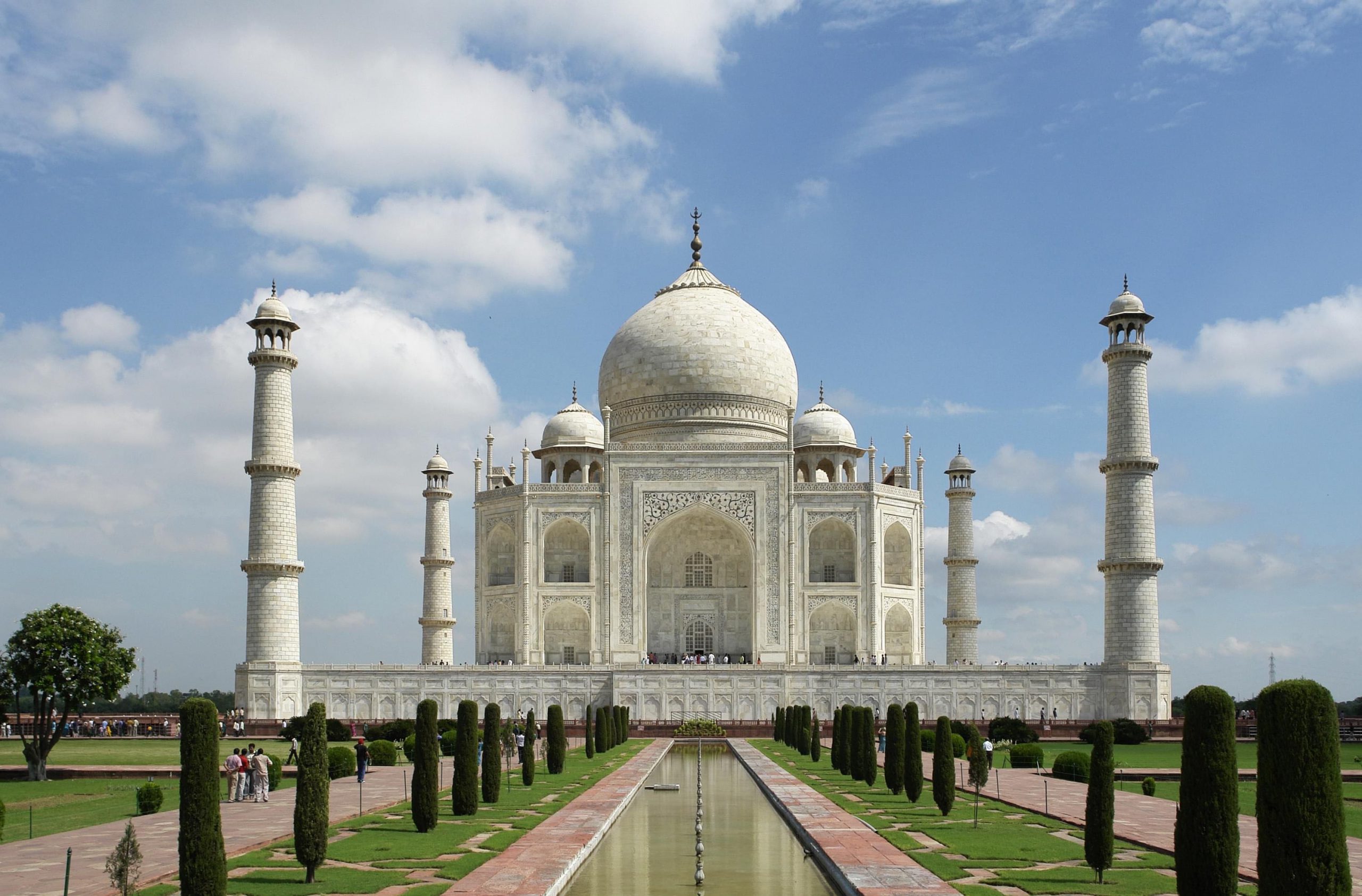
https://customcollegeessays.com/blog/literary-analysis-research-paper
Many people use Amazon everyday. Although, this is such a big service, I never even visited this site. Now, I got interested how it works.